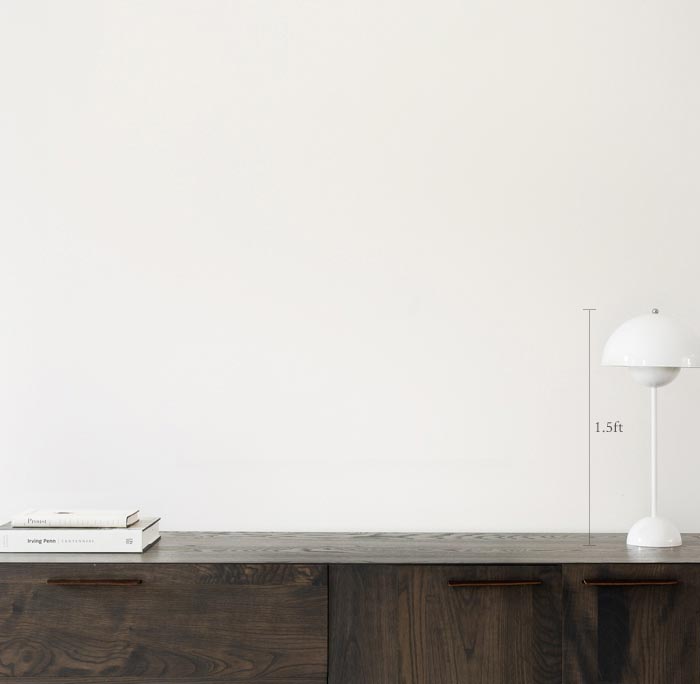





145 Views
0
View In My Room
Open Edition Prints Available:
Select a Material
Fine Art Paper
Select a Size
12 x 9 in ($40)
Add a Frame
No Frame
$40
145 Views
0
ABOUT THE ARTWORK
DETAILS AND DIMENSIONS
SHIPPING AND RETURNS
Christened the Robert Allerton Building in 1968, the original Neoclassic, Renaissance Revival styled building of the Art Institute of Chicago was constructed on Michigan Avenue at Adams Street in 1893. The print is a composite of two large pencil drawings of the Institute’s original 1893 structure, ...
Year Created:
1996
Subject:
Medium:
Print, Giclee on Fine Art Paper
Rarity:
Open Edition
Size:
12 W x 9 H x 0.1 D in
Ready to Hang:
No
Frame:
Not Framed
Packaging:
Ships Rolled in a Tube
Delivery Cost:
Calculated at checkout.
Delivery Time:
Typically 5-7 business days for domestic shipments, 10-14 business days for international shipments.
Returns:
All Open Edition prints are final sale items and ineligible for returns. Visit our help section for more information.
Handling:
Ships rolled in a tube. Art prints are packaged and shipped by our printing partner.
Ships From:
Printing facility in California.
Need more information?
Need more information?
Jack Nixon
United States
TESTIMONIAL - 2008 ARTROPOLIS / ART CHICAGO - The Invitational Exhibition of Emerging Artists "Wow! This work is absolutely amazing. This is the best artist in the exhibition." Paul Morris, VP Merchandise Mart Art Events and past owner and founding director, New York Armory Show For me as a classicist, Chicago’s most beautiful architecture and sculpture was produced before 1932. But many of those important Gothic Revival, Neoclassic, and Art Deco buildings made with facades of Indiana limestone standing in our central business district are being torn down for lack of investment and upkeep or may face demolition in the near future for new construction. I am interested in displaying the best of Chicago’s urban environment in a fine art manner that will enlighten and educate residents and visitors to what we have as public decorative art, and what we could lose in our continuously changing cityscape through the examination, documentation, and display of Chicago's most beautiful and exceptional buildings and sculpture. As a seasoned graphic designer, I weave a visual story of classic architecture in graphite that amplifies and focuses the viewer’s perception of Chicago’s stone, terra cotta, and bronze details that makes an unforgettable visual impression. I have produced small and oversized drawings in the most dramatic fashion possible to create a powerful and thought-provoking exhibition of finely cut edifices, ornament, and sculpture that will heighten our aesthetic sensibilities and continue the fight for preserving our aging urban infrastructure. Architecture is the art that defines those sensibilities more than any other form of visual expression. Natural materials and elements of craftsmanship in ornament bring warmth and value to America’s big city surroundings. In the last six decades, an intensified interest in the preservation of our natural environment has evoked a broader understanding of environmental quality: environment is both natural and man-made. This expanded concept of environment is a recognition that buildings and neighborhoods should be preserved for reasons that go beyond historic or architectural significance. A sense of place and cultural continuity are increasingly accepted as genuine needs in American society. Equally widespread is the growing recognition that "quality of life" is intimately related to hospitable surroundings - in terms of scale, texture, and design of place.
Thousands of 5-Star Reviews
We deliver world-class customer service to all of our art buyers.
Satisfaction Guaranteed
Our 14-day satisfaction guarantee allows you to buy with confidence.
Global Selection of Emerging Art
Explore an unparalleled artwork selection by artists from around the world.
Support An Artist With Every Purchase
We pay our artists more on every sale than other galleries.